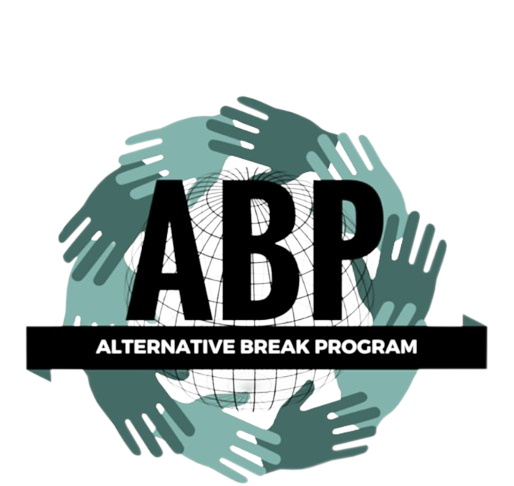Revitalizing Endangered Native Culture | Herrick, South Dakota
ABP conducts trips to Herrick, South Dakota with a focus on revitalizing and supporting endangered native culture in the region. On past trips, participants have engaged with Lakota Youth Development to help solve pressing local issues.
Revitalizing Endangered Native Culture
The adversity of the indigenous peoples of the Americas cannot be understated. The indigenous peoples of the United States lost 98.9% of their historical lands due to colonial occupation and forced migration. As early as the 17th century, the indigenous death toll in the Americas—as a result of the genocidal massacres, diseases and famine brought about by European arrival—was 56 million. Through the 1800s and early to mid 1900s, the United States implemented policies that broke Native American community structures. Hundreds of thousands of Native Americans were forcibly displaced from their homes. Native American children were sent to boarding schools where they were stripped of their indigenous name and clothing, and were then subject to abuse, neglect and forced labor.
It’s hard to fathom the sheer loss of culture that has already occurred as a result of all of this. Unfortunately, this cultural erosion is ongoing. Out of the approximately 169 Native American languages that are still spoken today, all but two are expected to go extinct by 2050. As recognized by the United Nations, languages are critical to ”the continuation and transmission of culture, customs and history.” In recent decades, the United States government has funded Native language revitalization in order to compensate for past wrongs. However, these efforts by themselves have not been sufficient. The United States has only spent seven cents on revitalizing native languages in this century, for every one dollar the United States spent to destroy native languages in past centuries. The preservation of Native culture is complicated by Native communities’ disproportionate vulnerability to global climate change.
ABP is currently planning a 2024-25 trip to Sioux County, South Dakota that is focused on the revitalization of endangered native cultures. Once we host the participant training for this service-learning trip, educational resources from the training will be posted on this page.
What Can I do to Help, Locally?
It’s possible to contribute to Native Culture revitalization on campus through supporting the IU First Nations Educational and Cultural Center. The office provides a page with online resources to engage in a Native Land Acknowledgement. This page also has a list of the official websites of every native tribe that once inhabited the land that Indiana University rests on. One can check out these websites to learn about the tribes’ cultures, as well as ways in which one can support the tribes. Additionally, IU Bloomington students can engage with the center’s First Nations annual powwow or other programming aimed at promoting awareness of indigenous cultures. If time is a barrier, one can also make a direct donation to the cultural center.












